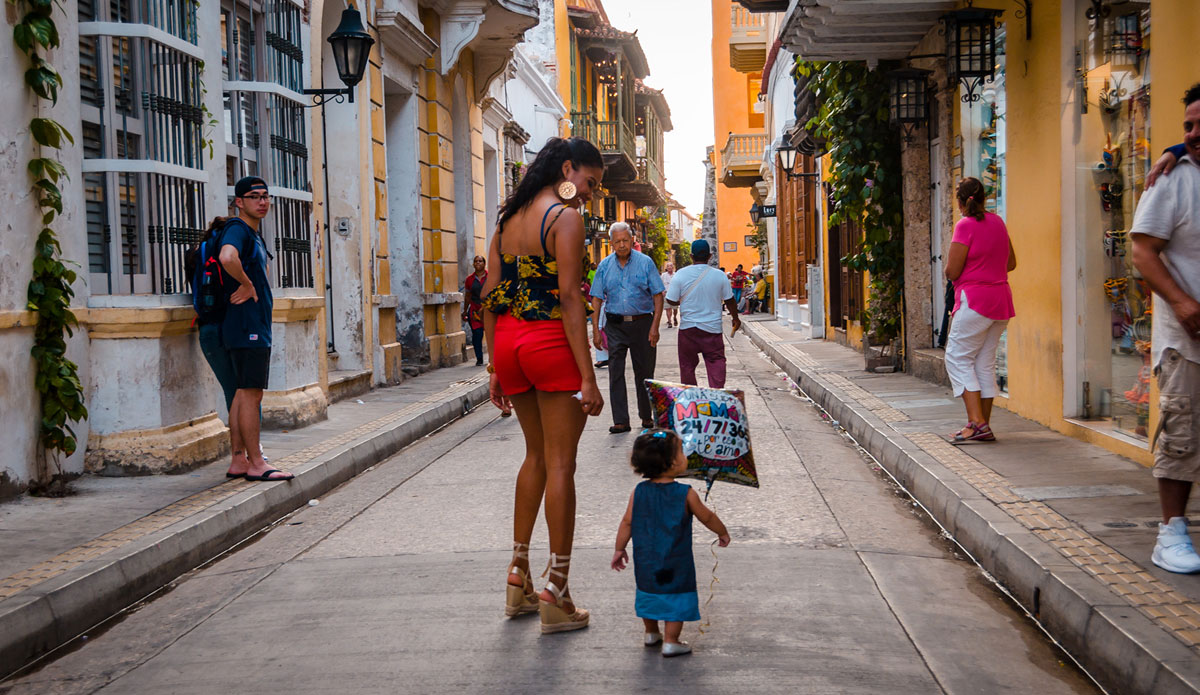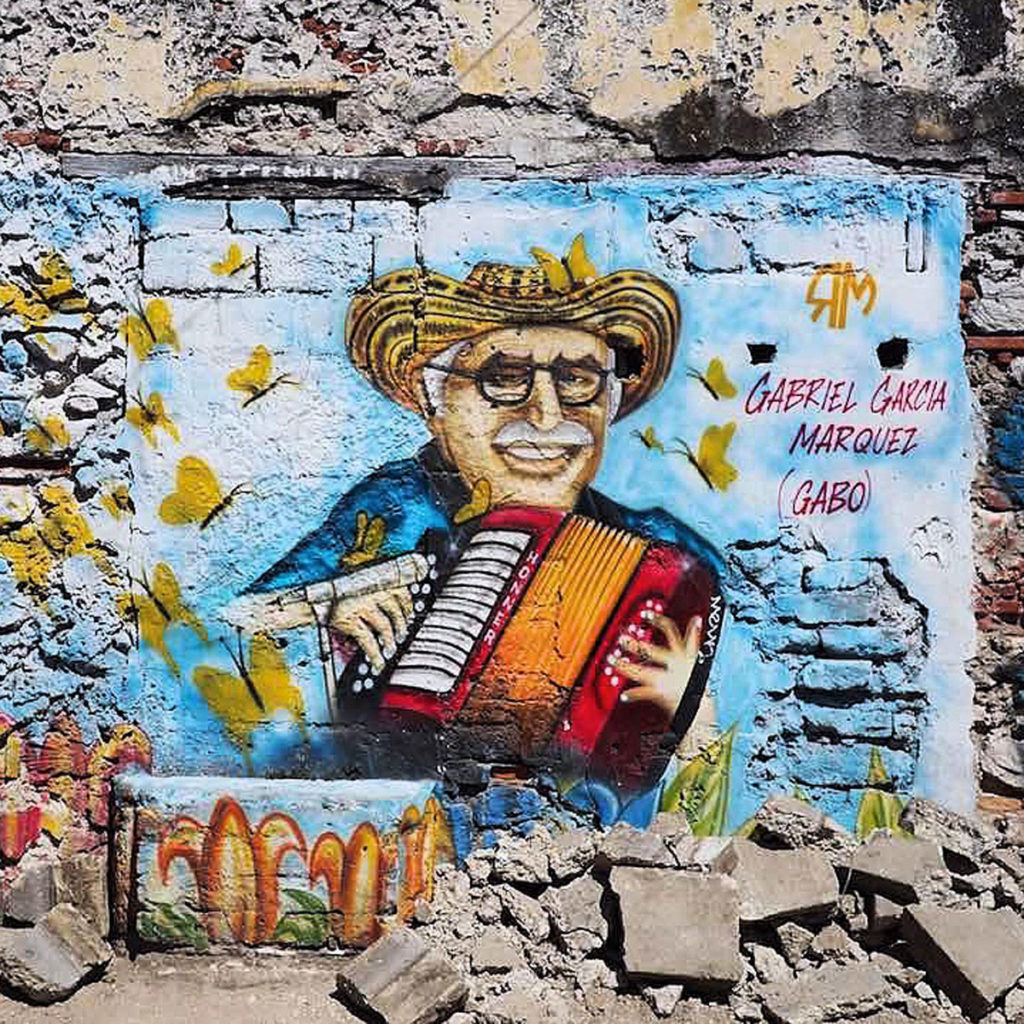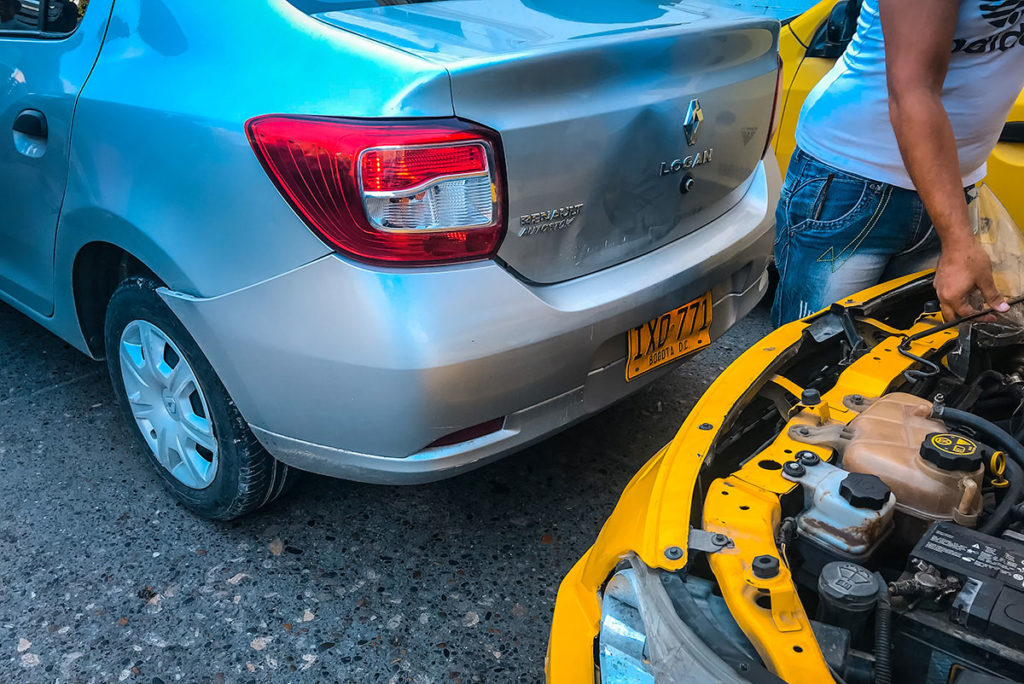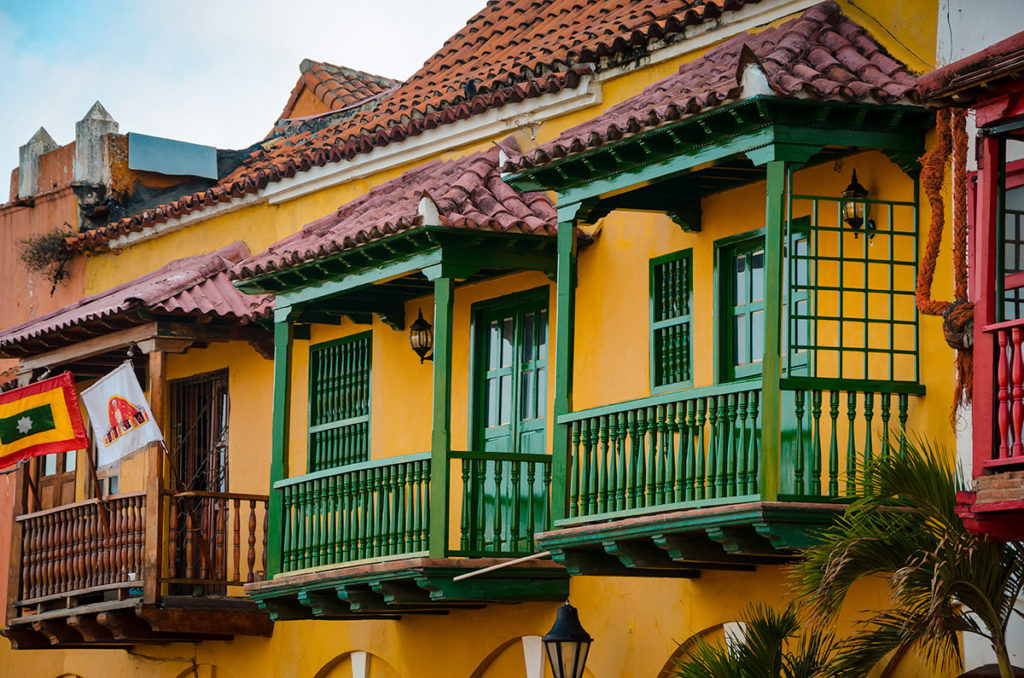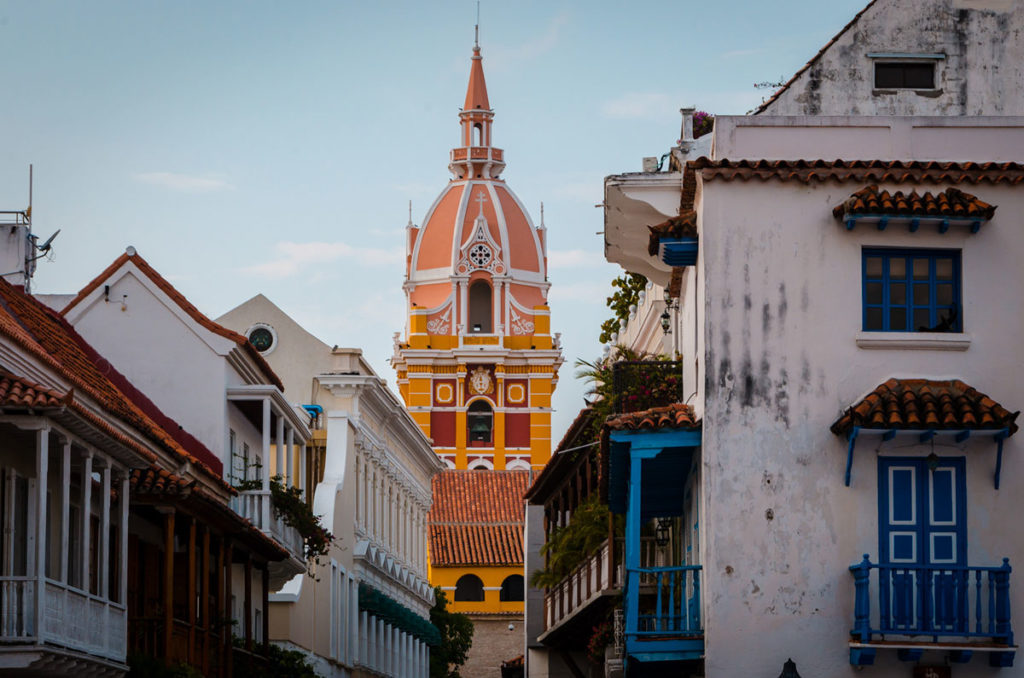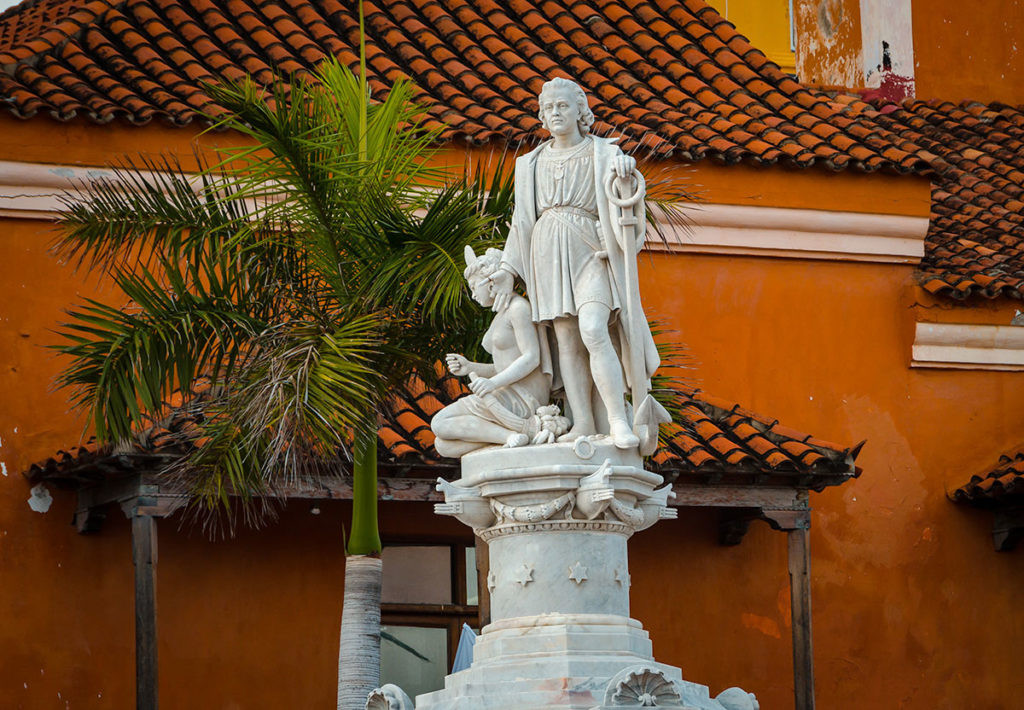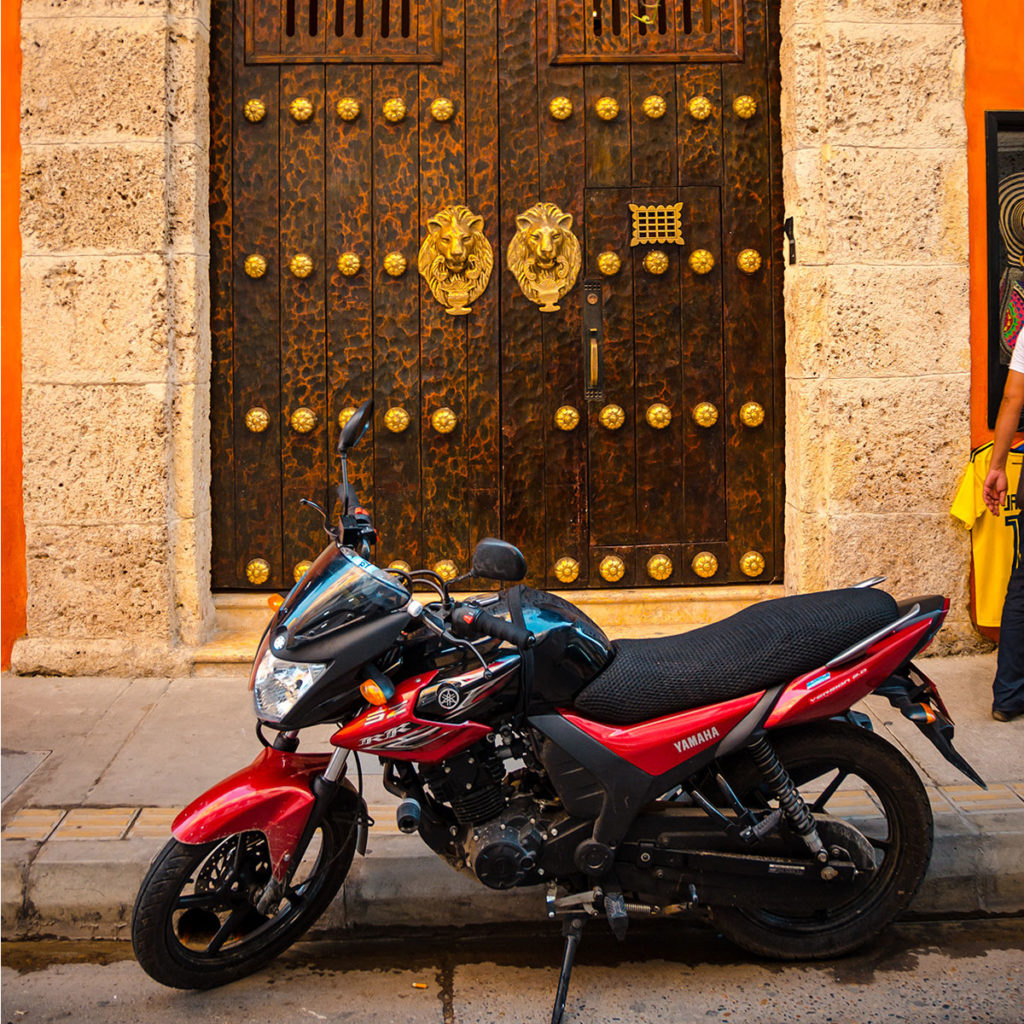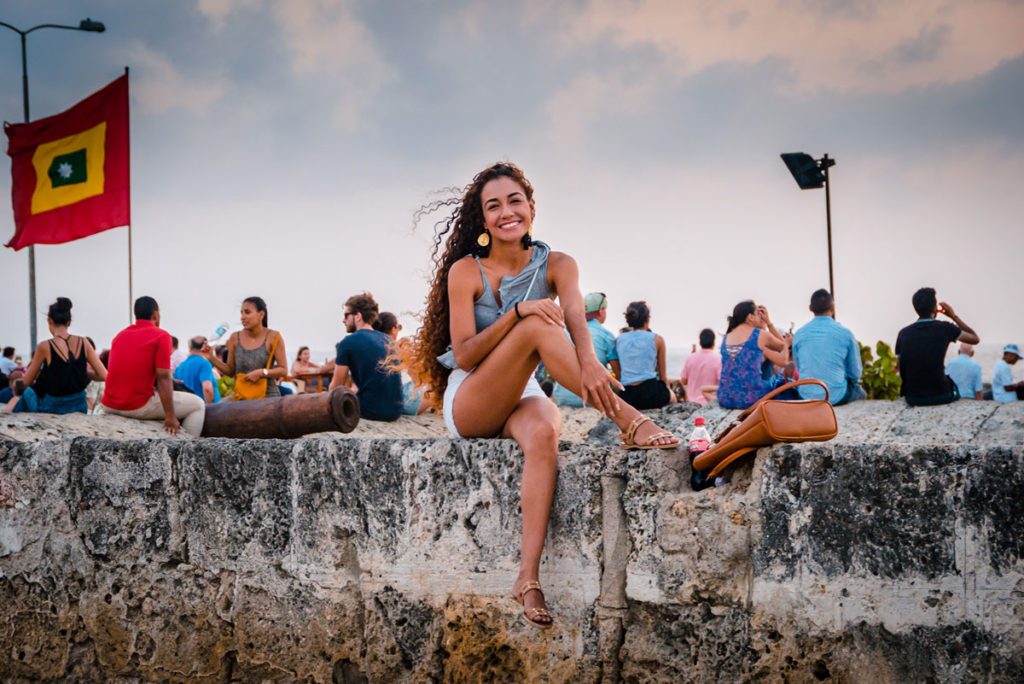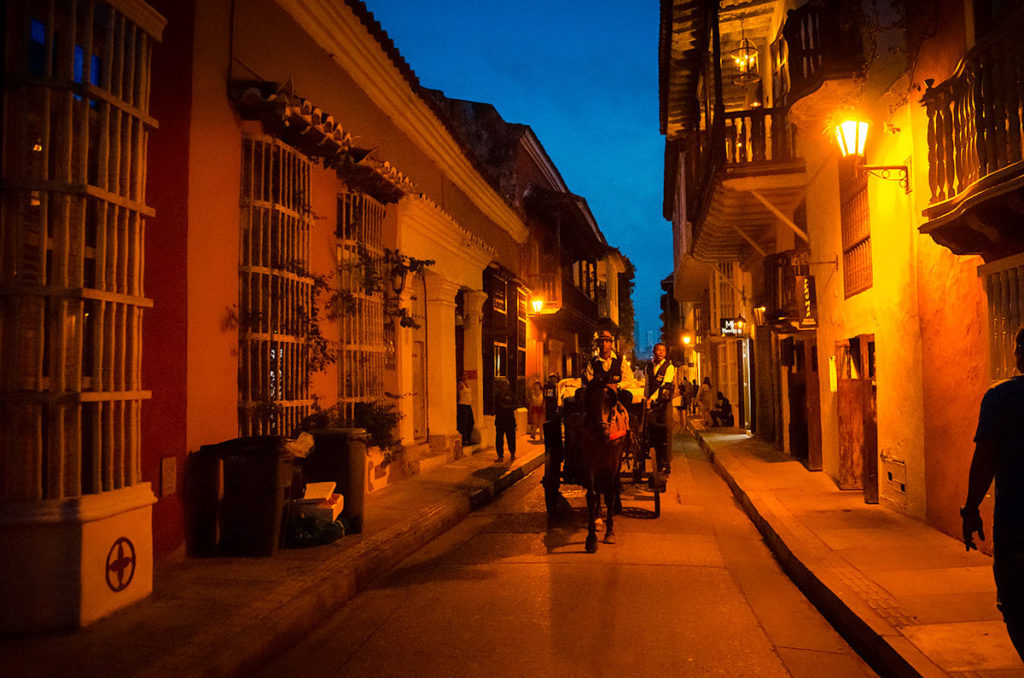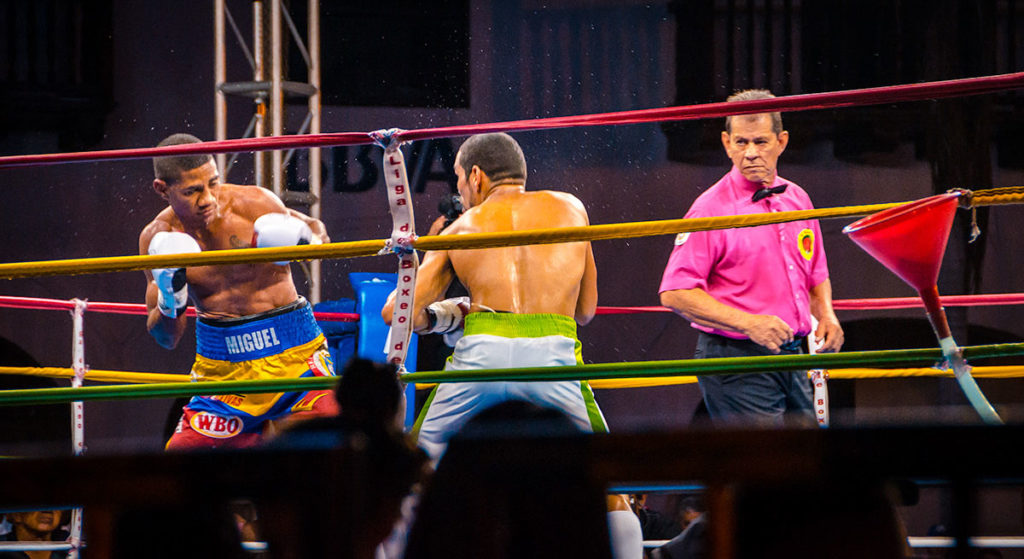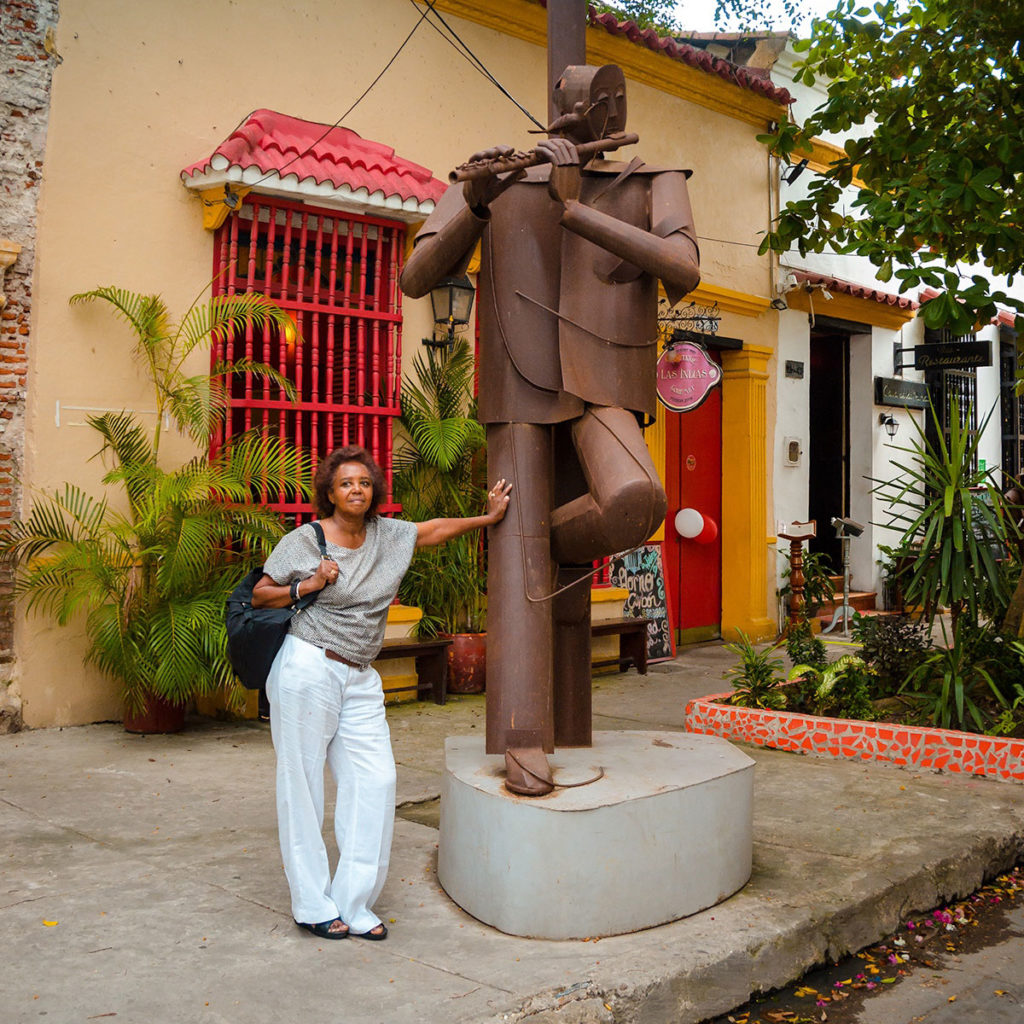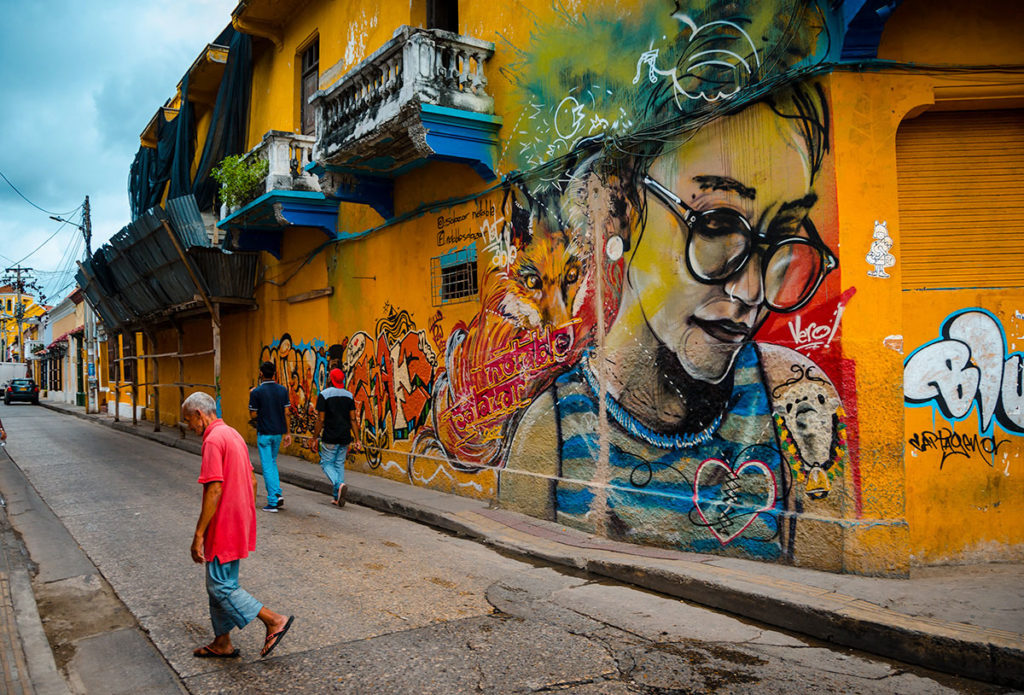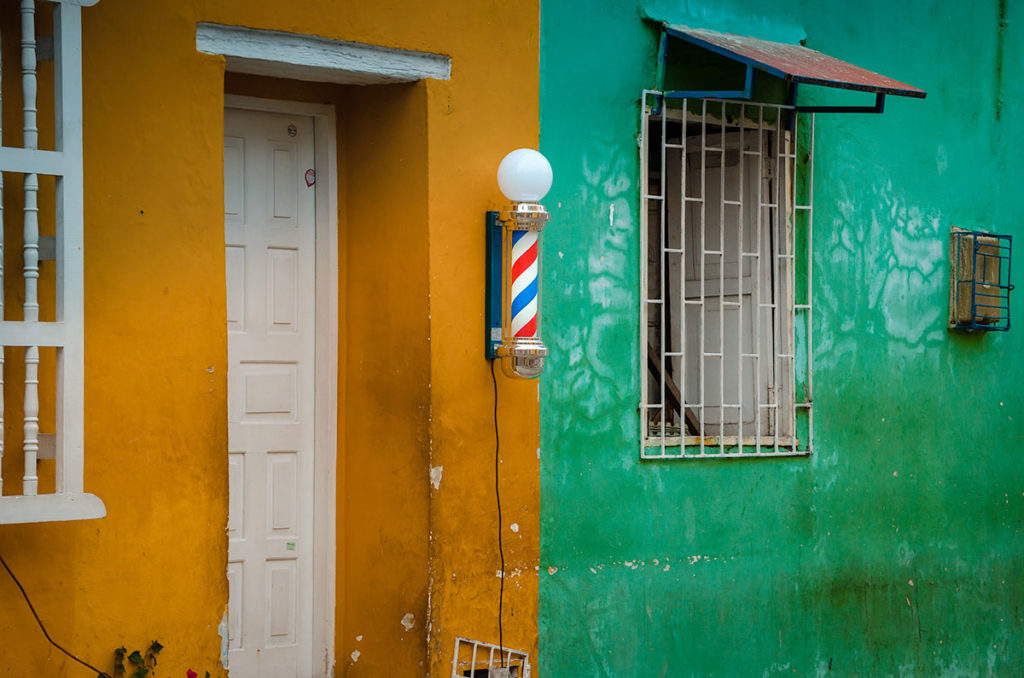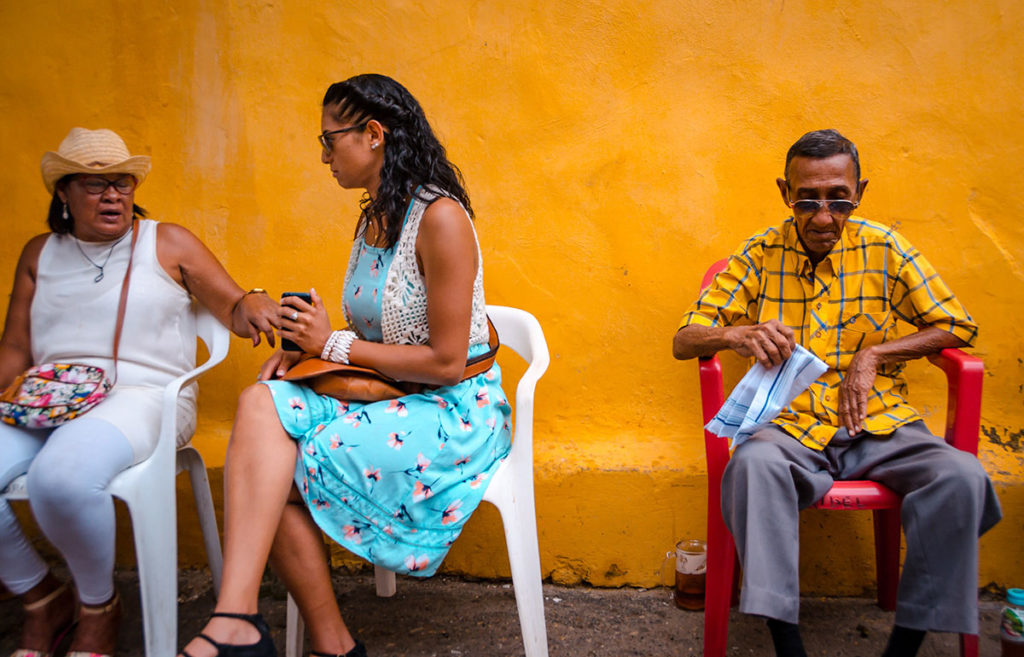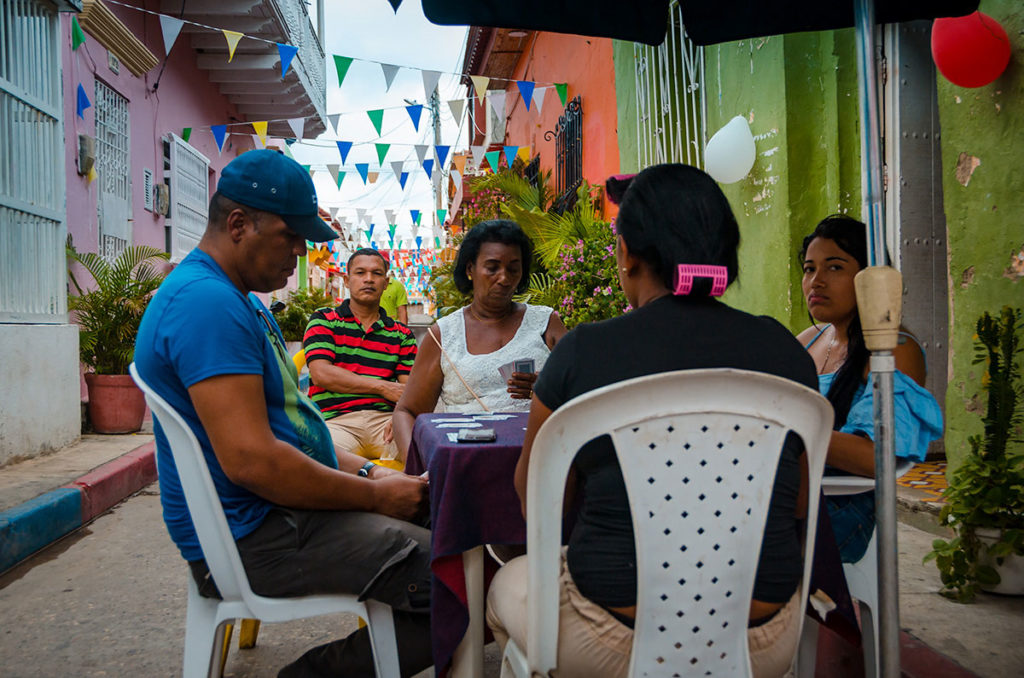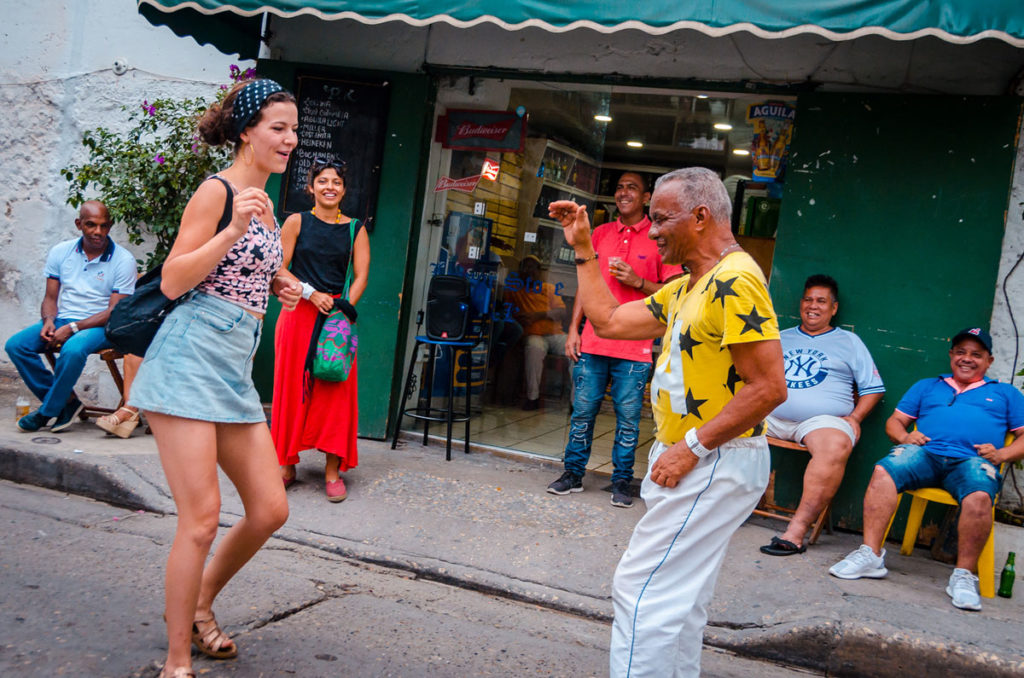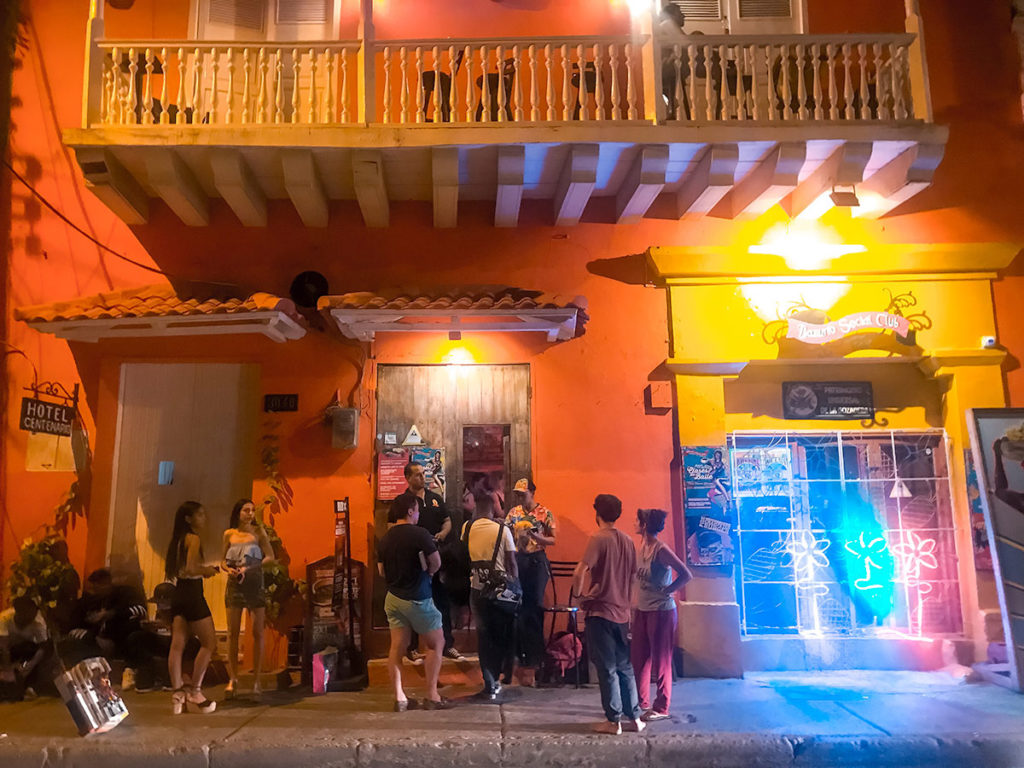Introduction
We had only two full days in Cartagena. For one of those days, we decided to drive to Aracataca, the birthplace of Gabriel Garcia Marquez, the Nobel laureate author.
We thought if we left early, we could make the one-way 4.5 hours and 160 miles (260 kilometer) distance.
We took a taxi to the airport office of Avis and arrived at 9am when they opened. The man at the desk asked me for my passport, which I left in the hotel. Without it, they would not rent us a car. At that point, I should have shelved the ambitious plan. But no, it was too firmly fixed in my head. We took a taxi to the hotel, retrieved the passport and returned. We were on the road after 10am which was a late start.
After a couple of hours, we entered Barranquilla, which has to be one of the most confusing cities in Colombia to drive through. We did not have access to cell service, so we relied on asking directions with our limited Spanish. It took us over two hours to break through after numerous rain showers.
Finally, we were on the Caribbean coastal road, which is incredibly atmospheric with small fishing villages, freshly caught seafood sold on the road and boys playing soccer in puddles of water.
It was late afternoon and we stopped for a wonderful (what else?) seafood-lunch. While eating, we calculated we still had another two hours of driving to Aracataca. By the time we would arrive, many attractions would be closed. We decided to turn around and go back to Cartagena. We went around Barranquilla on the highways while making time-consuming wrong turns. We finally arrived at our hotel at 9pm. We did little with our precious day besides driving and getting lost. However, we definitely want to return to this coastal area someday.
The next day, we left for the airport four-hours before departure as an over-reaction to not allocating enough time trying to reach Aracataca. It was a good thing we did leave so early for the normally twenty-minute drive. On the way, we were stopped on a narrow one-way, one-lane street in traffic. While lamenting about our poor decision to drive far yesterday, we heard a bang as we were thrown forward. We got out of the car and found that a taxi rear-ended us.
Not the thing we wanted on our way to catch an international flight in a foreign country where we did not speak the language. The car behind the taxi hit it and the driver was hopping mad at the taxi driver. For ten minutes the short but muscular man with close-cropped hair in his late thirties tried to take a swing at the baby-faced, twenty-something taxi driver, while the crowd kept them apart. The police came and calmed down the situation. They took almost an hour asking questions, writing the report and drawing accident diagrams on it. They escorted the taxi and us to the Avis office where it took another hour to complete the paperwork for the accident. Once finally finished, we ran with our bags to the airport terminal and caught our flight to New York with little time to spare.
Travel, like life, is unpredictable and sometimes, things happen. Those are the kind of experiences that enrich a trip, at least in retrospect. Despite our woes with the car and traffic, we still had a great time in Cartagena.
Our Story
Cartagena was the last stop for Khadija and me after six weeks in Bolivia, Peru and Colombia in April and May 2018. We thought of our trip as a journey through the Andes, mixing with indigenous people. When we arrived in Cartagena, this was different. This was the Caribbean.
Walled City
Cartagena de Indias was founded in 1533 by Spanish sailors. It was named after Cartagena, Spain. When a great fire burned down almost all of the wooden town twenty years later, they rebuilt it in stone. During this process, they uncovered tribal tombs filled with treasures that the native people buried with their dead. These treasures help finance the city’s growth but also made it a target for many invasions from pirates, corsairs, privateers, and other marauders. Starting in the late 1500s, the city built a 13-kilometer (9-miles) wall around the perimeter for protection. The wall stands today along with much of the buildings from that time.
As soon as we started walking through this UNESCO World Heritage Site, we were immediately reminded of the old town of Havana, Cuba because of the colonial architecture …
…many public plazas…
…prominent churches, such as the Cathedral of Santa Catalina de Alejandría …
…statues remaining from the glory years of Spanish rule.
…and homes where famous (or infamous, depending on your viewpoint) people from hundreds of years ago lived, such as Sir Francis Drake, English sea captain, privateer, slave trader and explorer in the 1500s…
The Cartagena and Havana people looked pretty much the same also, ranging from light-complexioned European types to dark African looking individuals. The similarities continued: Latin – Caribbean music playing everywhere, the laidback vibe of the people, clothes suitable for hot weather, and only Spanish is spoken among the locals. This was a different environment than the Andes regions in Bolivia and Peru we had recently come from.
As we walked, local young men on motorbikes suddenly appeared and started rapping.
There were many street performers, including this mime taking a picture with an American tourist.
While the area was generally neat and tidy, there were some destitute people, including this blind man.
There were numerous mid-to-high price shops, including this one selling fedoras.
During the hours before sunset, many were partying on the top of the wall.
At night, this historic district is still active with restaurants, bars and horse carriages.
One of the more interesting things we saw was this public boxing match at night in the middle of a plaza.
Getsemani
Outside of the defensive wall, the neighborhood Getsemani has grown to hold many of the city’s best restaurants, bars and entertainment. Getsemani attracts many artists and creative minds. Here and there we found street art…
…and murals on the walls of the colonial buildings.
While most buildings were in various stages of deterioration, there has been an effort to revitalize the neighborhood, including brightly painting outside walls.
It seemed to me, the locals go about their daily lives despite a constant flow of tourists walking on their streets, such as these three-sitting people against the wall…
…and these playing cards.
It is a colorful neighborhood, even including the street vendors.
Getsemani is also a hub of entertainment in Cartagena. Many people come out to the area to drink and dance, during the day…
…and in clubs at night, including the Bazurto Social Club.
We went there for a few hours while recorded music was playing loudly and customers were enjoying the drinks and atmosphere. This joint is known for playing Champeta, a musical style from the Afro-communities on the Caribbean coast. We left around 11pm but the place stayed open all night with periodic live performances.
Final Thoughts
Six weeks is a long time to travel straight, but a short segment in one’s life. Our experiences in Bolivia, Peru and Colombia were varied, intense and memorable and are documented in nine posts on this blog.

